15 Houseplants That Adjust Well When You Bring Them Inside for Fall
When fall arrives, many gardeners start moving their plants inside to protect them from the cold. Not all houseplants require extra care when transitioning indoors, as some naturally adjust well to the shift. By bringing these plants inside, you can enjoy their lush greenery throughout the cooler months. Keep your home filled with fresh air and color with plants that handle the fall transition effortlessly. Here are some plants that are well-suited to the indoors during this time of year.
This post may contain affiliate links, which helps keep this content free. Please read our disclosure for more info.
Spider Plant (Chlorophytum comosum)
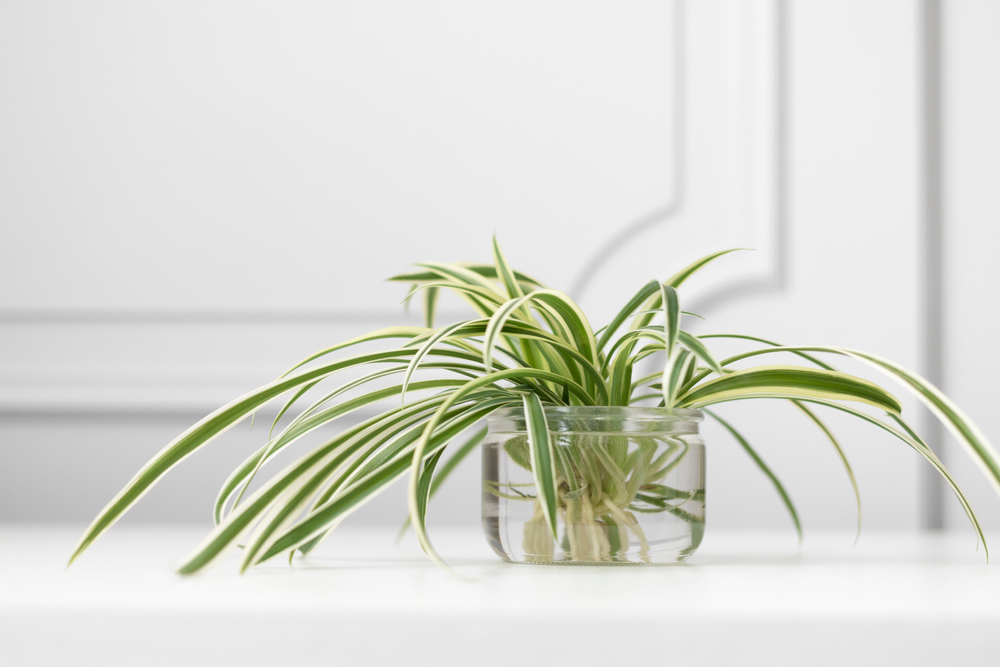
The Spider Plant is a popular choice for indoor spaces due to its adaptability. It is known for adjusting well when brought indoors for the fall. This plant thrives in moderate light and can tolerate lower temperatures, making it an easy transition as the weather cools. Its ability to handle fluctuating conditions inside makes it a resilient option for your home.
Spider Plants are low-maintenance and will continue to grow even in indirect light. They are also known for purifying the air, making them a great addition to any room. If you notice browning tips on the leaves, it could be a sign of too much direct sunlight. A bit of water every week is all they need to stay healthy.
Snake Plant (Sansevieria trifasciata)
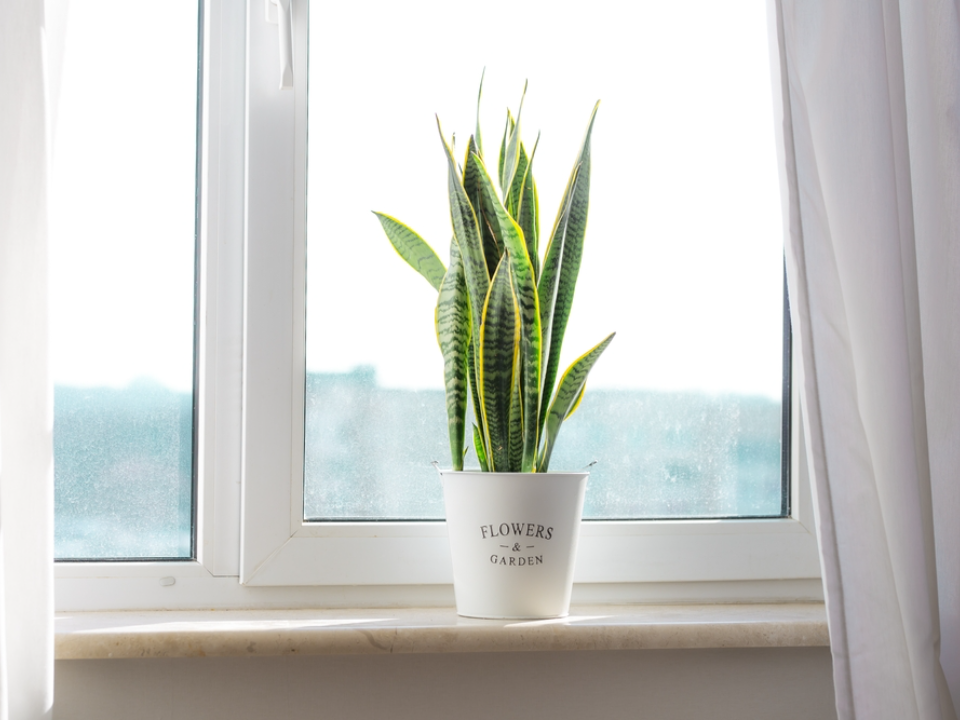
The Snake Plant, or Mother-in-Law’s Tongue, is one of the most tolerant houseplants available. It thrives indoors with minimal care and adjusts well to the change in seasons. This plant is perfect for fall, as it can endure low light and does not require constant watering. It is a great option for homes with varying temperature conditions.
With its upright leaves, the Snake Plant adds a modern look to any space. It also has air-purifying qualities that can help improve indoor air quality during the fall months. It is best to water it sparingly, as it is prone to root rot if overwatered. This makes it an ideal plant for those who may forget to water occasionally.
Pothos (Epipremnum aureum)
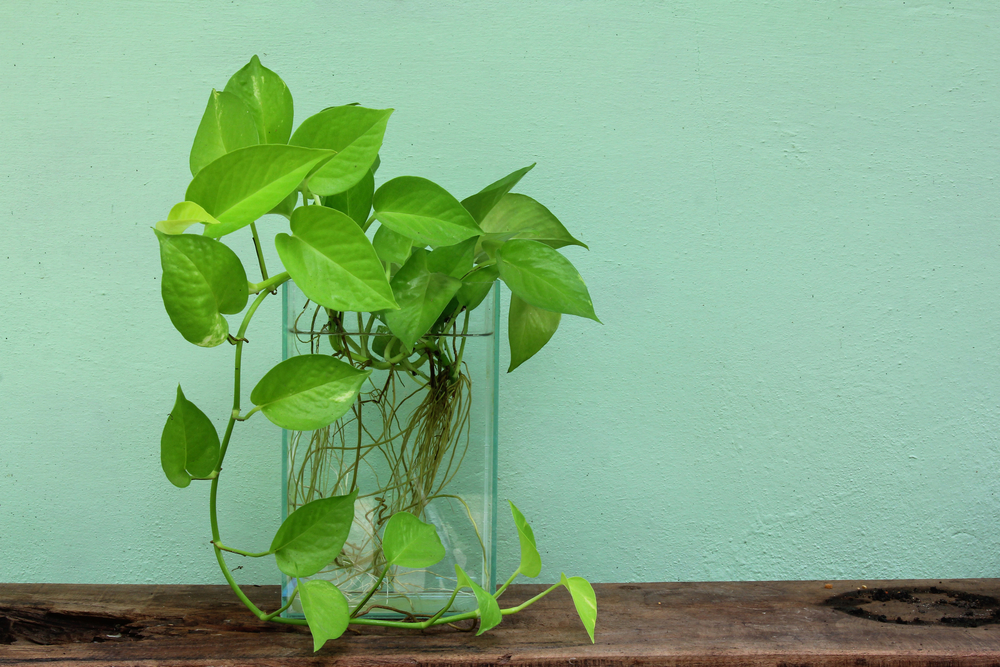
Pothos is an easy-to-care-for vine that adjusts well when moved indoors. It can thrive in a variety of lighting conditions, from low light to bright, indirect sunlight, which makes it ideal for fall. Pothos are also highly tolerant of temperature changes, so moving them indoors for the colder months will not cause stress. Their trailing vines can add an elegant touch to your home during the fall season.
This plant is great for beginners and does not require much attention. Pothos need only occasional watering, and they can handle being neglected for a bit. They also help purify the air, making them perfect for the indoor environment. With regular trimming, the plant will maintain its lush appearance throughout the season.
ZZ Plant (Zamioculcas zamiifolia)
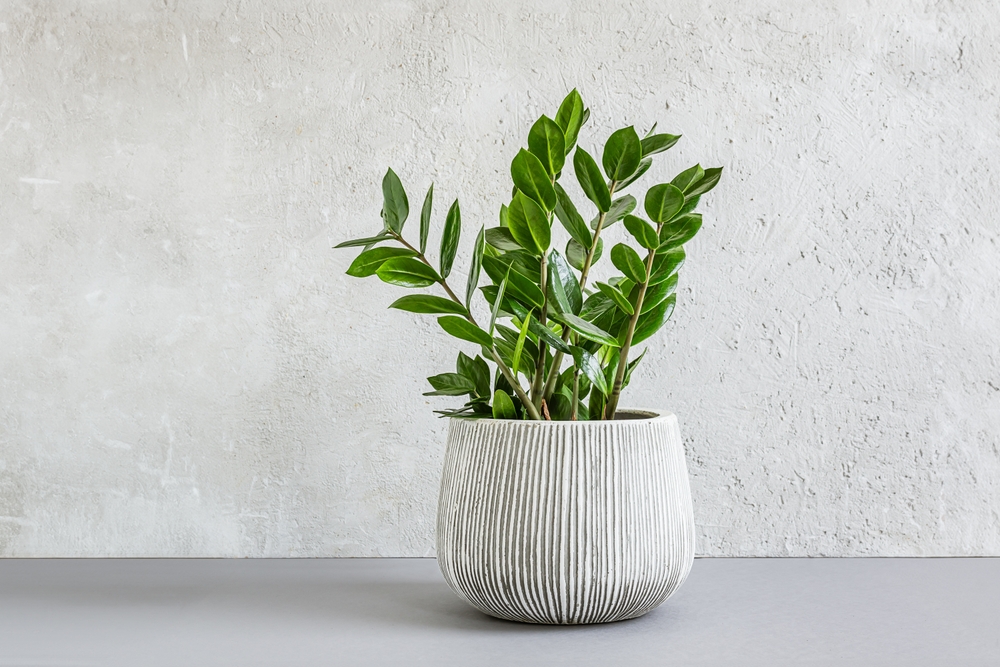
The ZZ Plant is an excellent choice for those seeking a hardy, easy-to-care-for indoor plant. It is highly adaptable and thrives in various light conditions, from bright, indirect light to low light. As fall brings cooler temperatures, the ZZ Plant adjusts quickly without needing much change in care. It is the perfect plant for transitioning indoors as it requires very little maintenance.
ZZ Plants are known for their thick, waxy leaves that help conserve moisture, making them drought-tolerant. They can go for weeks without water, which is ideal during the fall when watering needs can be forgotten. Their sleek and glossy appearance also adds a touch of elegance to any room. These plants will continue to thrive indoors throughout the fall and winter.
Peace Lily (Spathiphyllum)
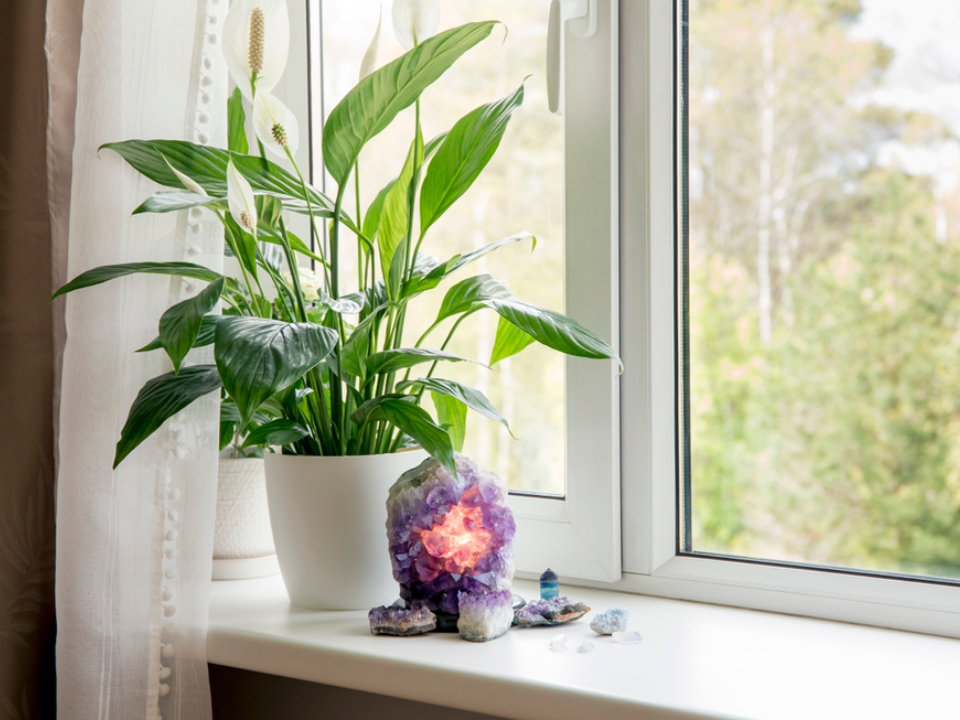
The Peace Lily is a popular indoor plant, especially during the fall, because it thrives in low light and cooler indoor temperatures. This plant also has the added benefit of improving indoor air quality, which is helpful during the changing seasons. Its ability to tolerate a range of light conditions makes it perfect for the dimmer days of fall. Peace Lilies also enjoy humidity, which is naturally higher indoors during the cooler months.
While it requires consistent watering, the Peace Lily will let you know when it needs more water by drooping slightly. It is best to water it when the top inch of soil feels dry to the touch. This plant can bloom indoors even in low light, providing beautiful white flowers. Its attractive foliage and ease of care make it an excellent choice for fall.
Aloe Vera (Aloe barbadensis miller)
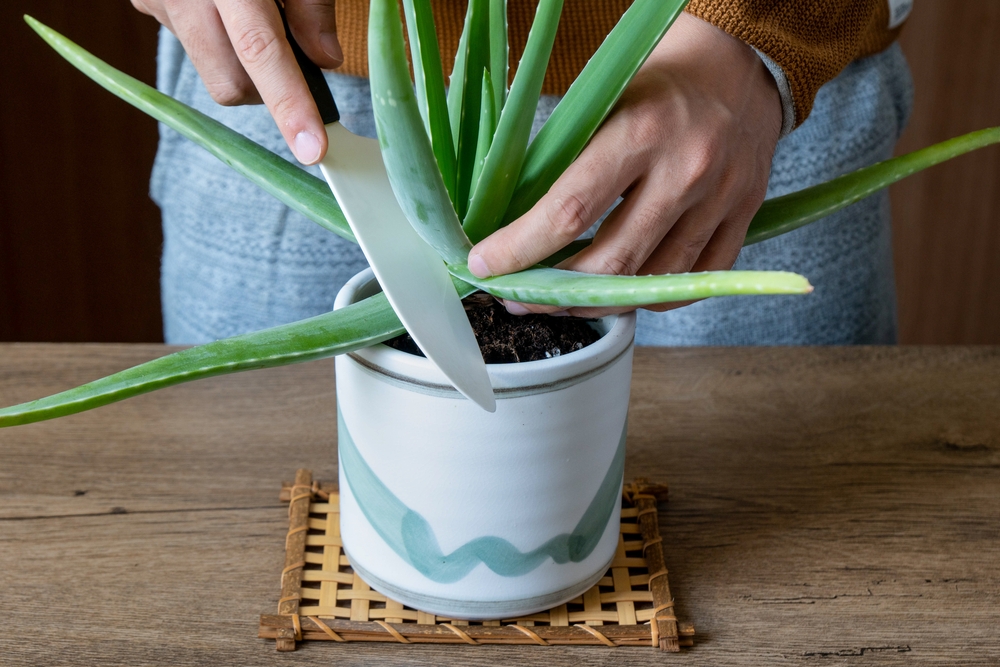
Aloe Vera is a versatile succulent that adjusts well to indoor conditions. As the weather cools in the fall, this plant requires minimal care and can thrive on a windowsill or in a sunny spot. Aloe Vera is perfect for fall because it tolerates a range of temperatures and does not require frequent watering. It needs very little attention and can handle the transition from outdoors to indoors.
Known for its healing properties, Aloe Vera’s thick leaves contain a gel that can be used for skin care. It also helps purify the air and has a minimalistic look that fits well in any home. Aloe Vera plants prefer direct sunlight but can adapt to indirect light during the fall months. Be sure to allow the soil to dry out completely between waterings to prevent root rot.
Fiddle Leaf Fig (Ficus lyrata)
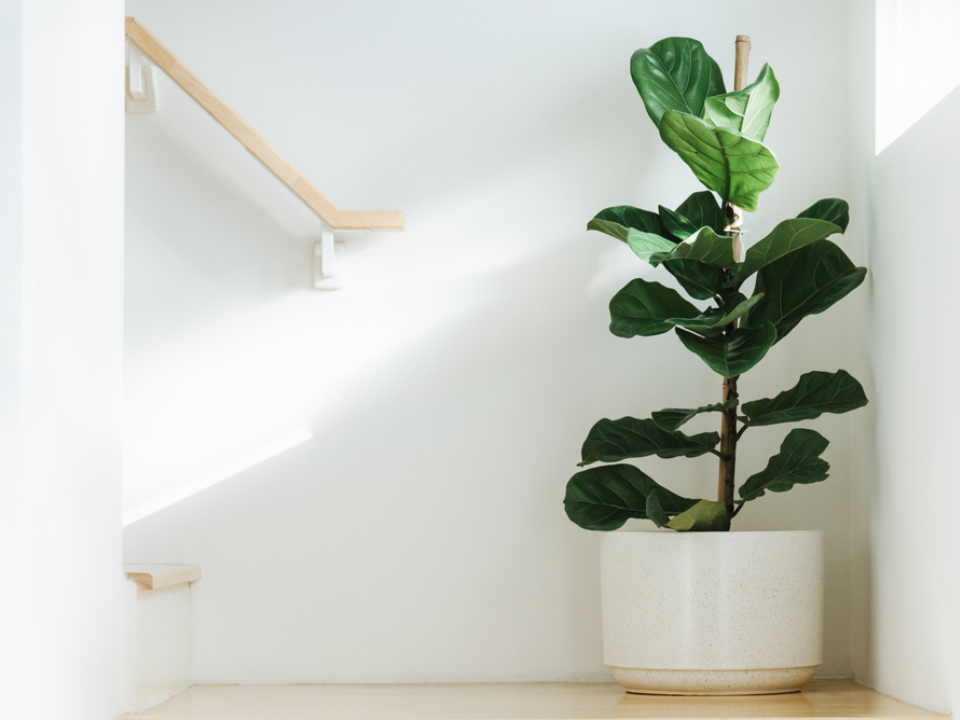
The Fiddle Leaf Fig is a striking plant that does well indoors during the fall. It enjoys bright, indirect light and can handle the change in light intensity that comes with shorter days. Although the Fiddle Leaf Fig requires a bit more attention than some other plants, it is well-suited for indoor environments. Fall provides an opportunity for this plant to thrive in the warm, cozy indoors.
This plant does best when kept in a spot with consistent temperature and humidity. It is important to keep its soil lightly moist, but not waterlogged. Fiddle Leaf Figs benefit from occasional dusting of their large leaves to keep them looking fresh. They are known for their large, glossy leaves, which can become a focal point in your home’s fall decor.
English Ivy (Hedera helix)
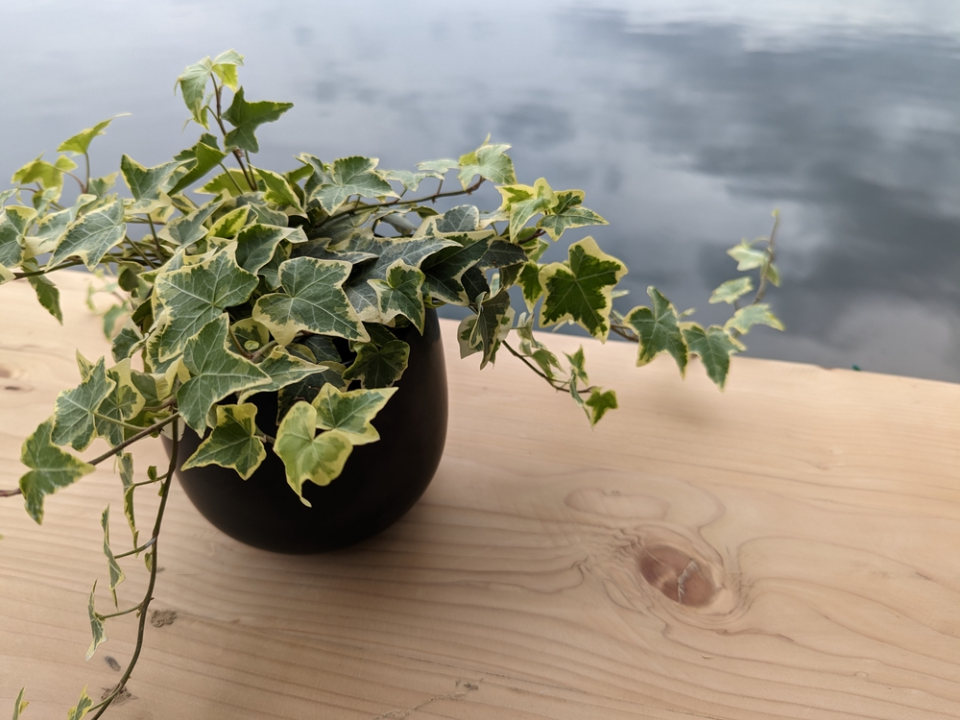
English Ivy is another hardy plant that adapts well when moved indoors for the fall. It thrives in cooler indoor temperatures and can tolerate low light. This evergreen vine can be used as ground cover or as a trailing plant, making it versatile for different indoor spaces. Its ability to climb or spread means it can fit into various areas of your home, from shelves to hanging baskets.
English Ivy can be placed near windows or in spots that receive indirect sunlight. It is important to keep the soil slightly moist, but it does not like sitting in water. Regular pruning helps keep it under control and maintains its shape. With proper care, this plant will continue to thrive indoors, adding greenery to your space as the seasons change.
Cast Iron Plant (Aspidistra elatior)
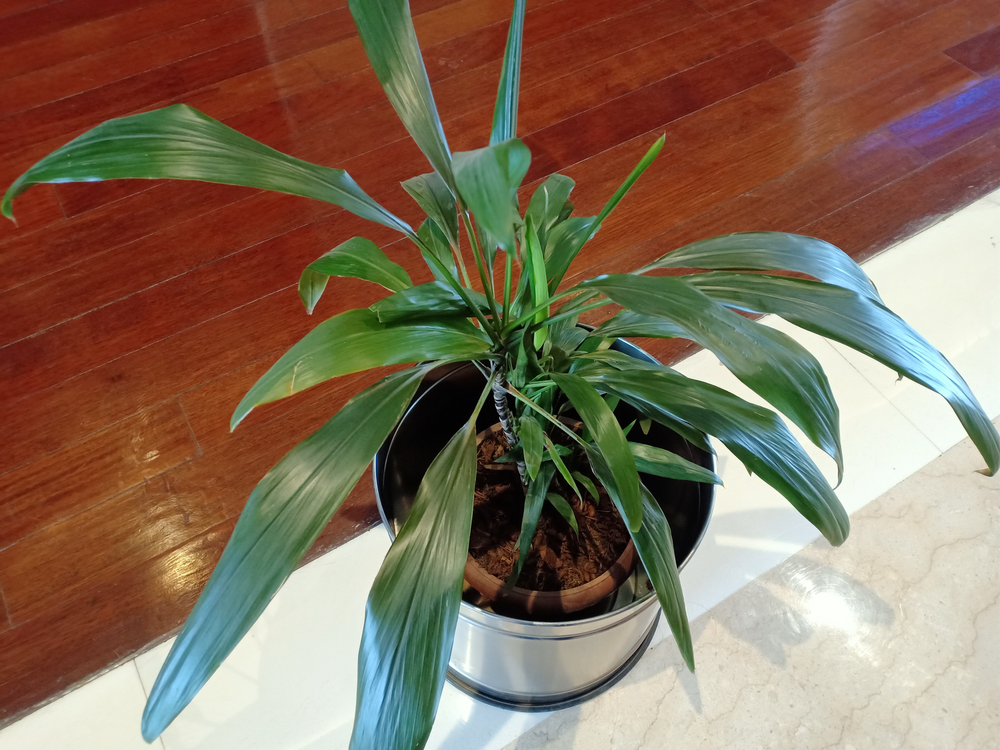
The Cast Iron Plant is a perfect choice for fall, as it is incredibly adaptable to indoor conditions. Known for its resilience, it can thrive in low light and cooler temperatures, making it an excellent option for the fall months. It is called the Cast Iron Plant because it can tolerate neglect, low humidity, and even occasional overwatering. These traits make it ideal for the indoor environment during the fall season.
This plant’s dark green, glossy leaves give it a sophisticated look that works well in various settings. It prefers indirect light but can adapt to lower light conditions. The Cast Iron Plant requires little maintenance, needing only occasional watering when the soil is dry. It is an excellent plant for beginners or anyone looking for a no-fuss indoor plant.
Pilea (Pilea peperomioides)
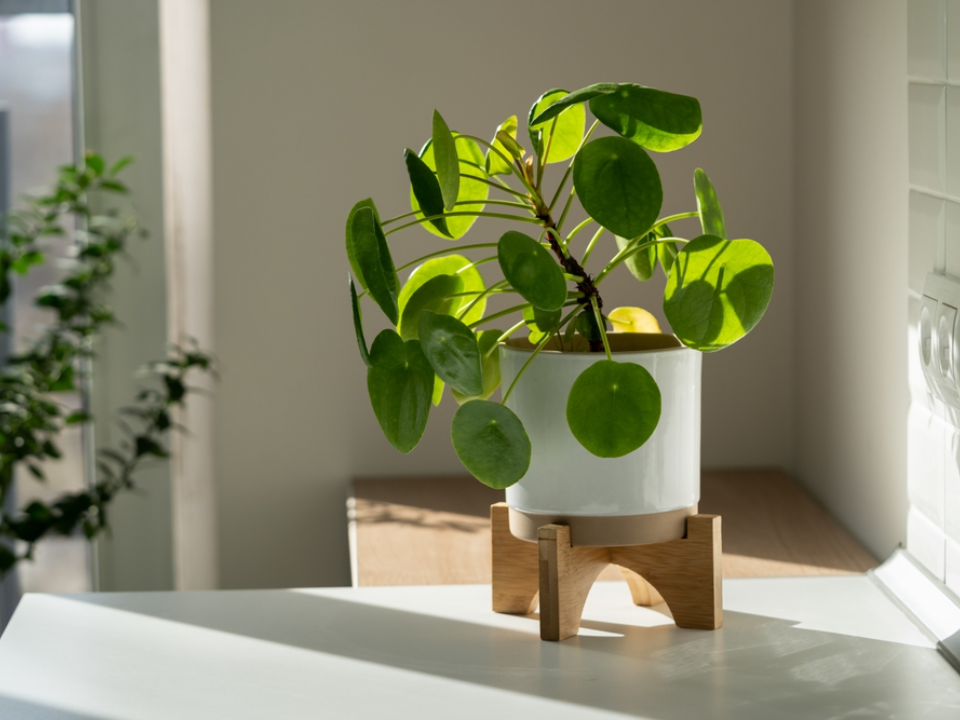
Pilea, also known as the Chinese Money Plant, is known for its round, coin-like leaves and adaptability to indoor spaces. It does well in fall conditions because it enjoys bright, indirect light and can tolerate slightly cooler temperatures. Pilea is also relatively easy to care for, needing only occasional watering when the soil is dry. This plant thrives indoors with minimal attention, making it a perfect choice for fall.
Pilea’s compact size allows it to fit in smaller spaces, making it ideal for apartments or offices. It is best placed near a bright window but can adjust to moderate light levels. The plant’s unique appearance makes it a popular choice for plant collectors and interior decorators. With its fast growth rate, the Pilea is sure to brighten your space throughout the fall.
Boston Fern (Nephrolepis exaltata)
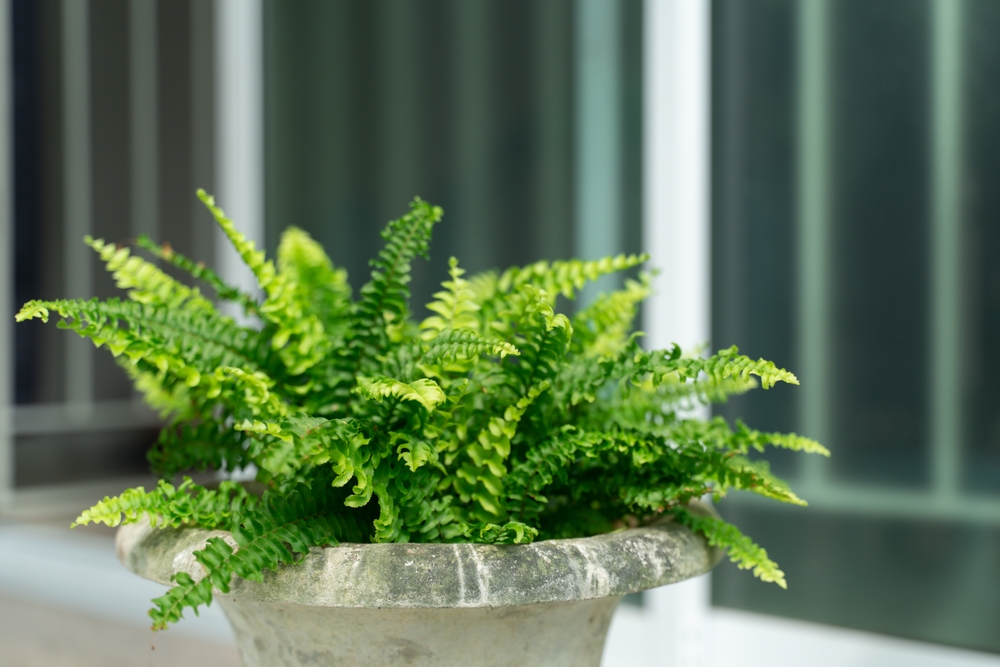
The Boston Fern is a lovely indoor plant that adapts well to fall’s cooler, indoor temperatures. It prefers humidity, which is naturally present in most homes during the fall months. The fern thrives in indirect light and can tolerate the reduced sunlight of the season. With its feathery, lush foliage, it adds a fresh touch to any room.
Regular misting and keeping the fern in a humid environment help it stay healthy. It is best to water the Boston Fern frequently, ensuring the soil remains moist but not soggy. With its ability to purify the air and its attractive appearance, this plant is a great choice for your indoor garden. It also requires occasional trimming to maintain its shape and health.
Rubber Plant (Ficus elastica)
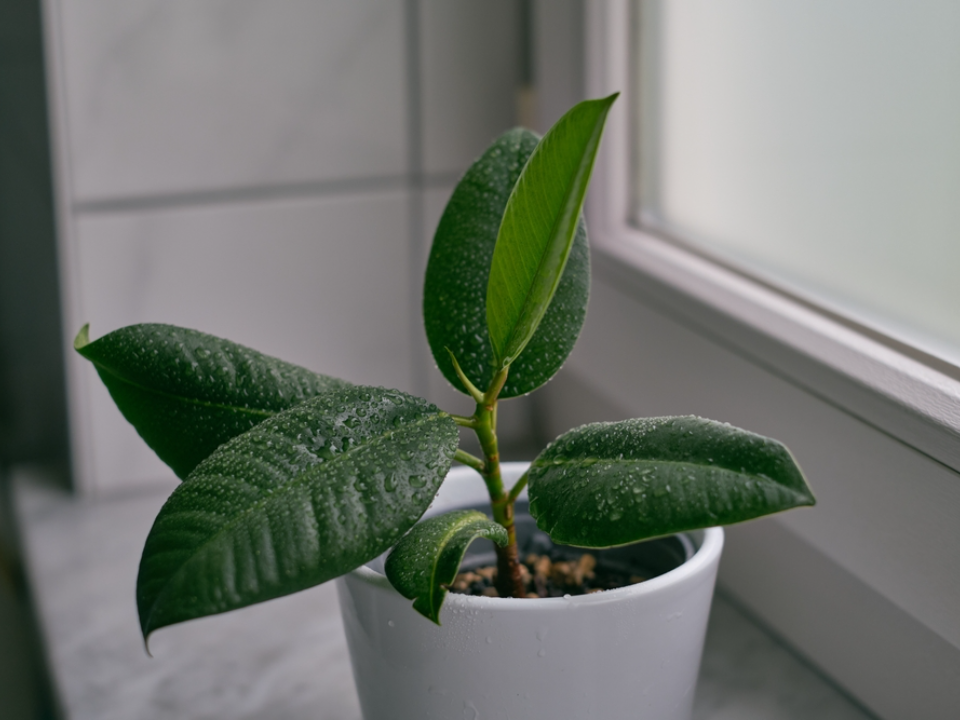
The Rubber Plant is a versatile and low-maintenance option for the fall months. It thrives in moderate light and can adjust to the indoor conditions, even with lower levels of natural light. Rubber Plants also do well in the cooler temperatures of the fall, making them a great addition to any indoor space. Their broad, shiny leaves add a touch of elegance to your home’s decor.
This plant enjoys occasional watering, but it is important to let the soil dry out between waterings. The Rubber Plant can also handle occasional neglect, making it a great option for busy households. It can grow quite tall, so make sure it has enough space to spread out. A Rubber Plant can brighten up your home with minimal effort during the fall season.
Dracaena (Dracaena spp.)
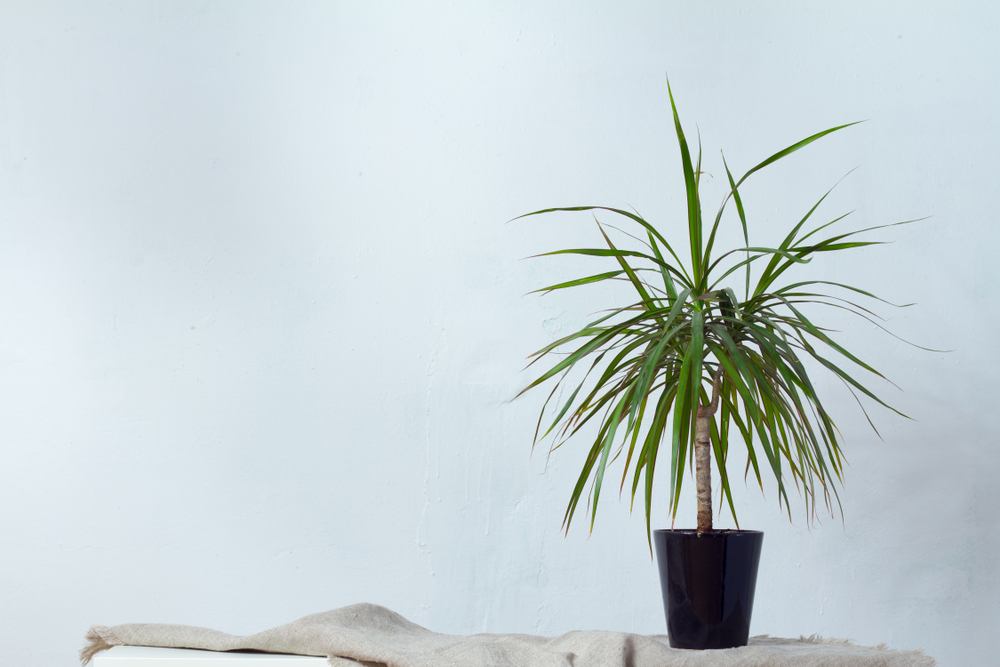
Dracaena is a hardy indoor plant that adapts well to cooler, fall conditions. It can thrive in low to moderate light, making it perfect for the shorter days of fall. The long, narrow leaves of the Dracaena bring a touch of elegance and color to any space. This plant is also fairly drought-tolerant, so it does not require frequent watering.
Dracaena plants prefer a bit of humidity, which makes them well-suited for indoor environments during the fall. It is important not to overwater them, as their roots are prone to rot. This plant also benefits from occasional misting to keep the leaves looking fresh. With proper care, the Dracaena will continue to thrive indoors as the seasons change.
Calathea (Calathea spp.)
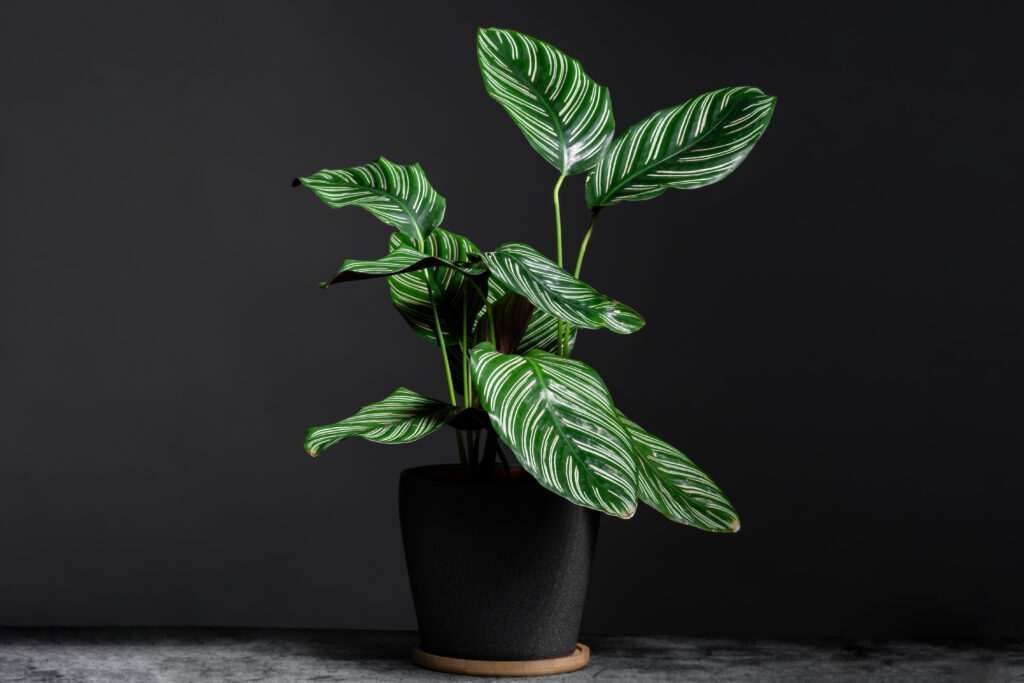
Calatheas are known for their stunning foliage and adaptability to indoor conditions. They do well in low to medium light, which makes them an excellent choice for fall when natural light may be scarce. The plant’s unique, variegated leaves add visual interest to any room, making it an eye-catching addition to your home. Calatheas also enjoy the warmer, indoor temperatures of fall.
This plant requires regular watering, as its soil should remain consistently moist but not soggy. Calatheas also benefit from higher humidity, so it is important to keep them in a room with some moisture in the air. They are relatively low-maintenance and will thrive with just a little attention. Their lush, patterned leaves bring a touch of vibrancy to your indoor space during the fall months.
African Violet (Saintpaulia)
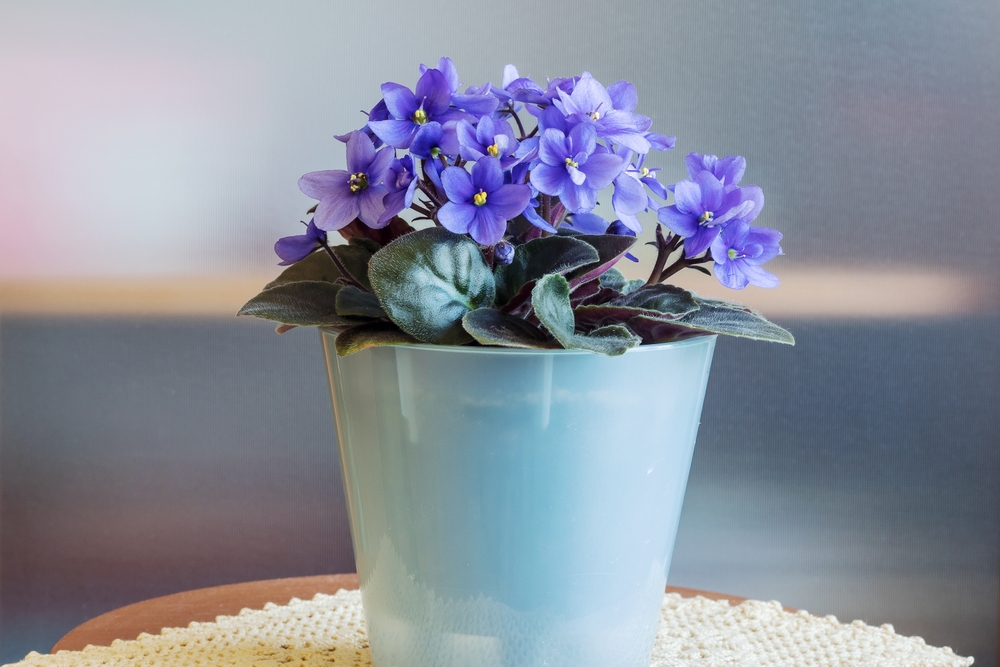
African Violets are a popular houseplant known for their beautiful blooms and easy care. These plants adjust well to the indoor conditions of fall, as they prefer moderate to bright, indirect light. The cooler temperatures and shorter days of fall do not affect their growth, and they continue to bloom throughout the season. Their colorful flowers brighten up any space and make them a favorite for indoor gardeners.
African Violets require regular watering, but it is best to water them from the bottom to avoid getting water on the leaves. They also benefit from occasional feeding with a balanced fertilizer to encourage blooming. These plants are compact, making them ideal for smaller spaces. Their cheerful flowers and low-maintenance care make them a great addition to your home during the fall.
This article originally appeared on Avocadu.
